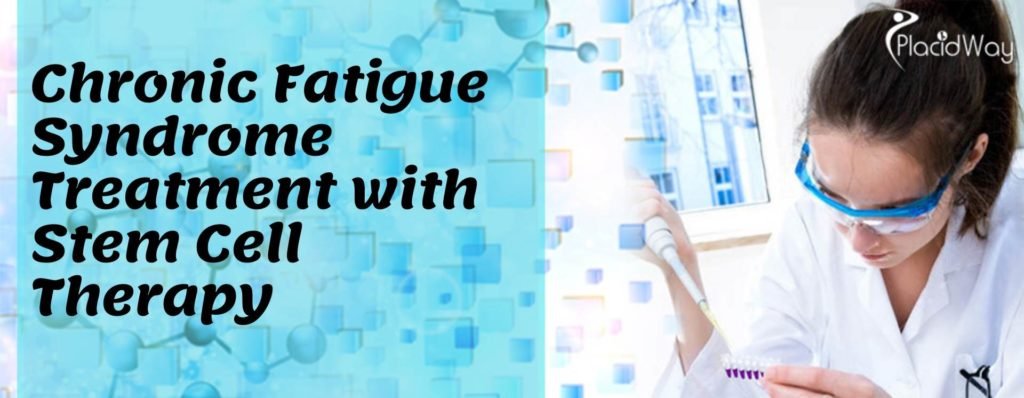Stem Cell Treatment for HIV/AIDS
Human Immunodeficiency Virus (HIV) and Acquired Immuno Deficiency Syndrome (AIDS) are some dreaded terms that people are scared to even think of. Scientists and medical researchers have searched for an effective treatment method for AIDS since its inception. However, it does not mean that a person who has been diagnosed with HIV will also have AIDS. AIDS is the final stage of HIV infection in which the immune system of the body is completely damaged making the affected person completely vulnerable to any type of infection.
What Happens during Different Stages of HIV
HIV has multiple stages, which range from acute infection to clinical latency, also known as the asymptomatic HIV infection period. At this stage, individuals may not experience signs or symptoms. This stage may last up to eight years or more, depending on the individual. At this stage, it is important for individuals to maintain healthy CD4 cell counts. Near the latter part of the clinical latency stage, the CD4 cell count declines, leaving the individual open to more symptoms and infections as the HIV virus levels in the body increase.
When is AIDS Diagnosed?
According to the AIDS Organization, when the cell count of CD4 falls below 200 cells per cubic milliliters of blood, AIDS is diagnosed. At this stage, the body’s immune system is severely compromised and without treatment, individuals typically receive a three-year life expectancy prognosis. However, individuals exposed to what are known as opportunistic infections may be diagnosed with a one-year life expectancy.
HIV/AIDS Treatment with Stem Cell Therapy
HIV treatments mainly focus on the following aspects:
- Get control over the virus
- Improve immune system function of the patient
- Improve overall health and wellness of the patient
Today, with the advancements in stem cell technologies, numerous possibilities are coming up for improving control of viral and opportunistic infections, as well as treating the decreased immune system function through fetal or embryonic stem cell treatments.
Stem Cell Treatment for HIV/ADS in Different Parts of the World
Many countries around the world are offering their own patent-protected technologies and treatments for stem cell technologies addressing immunodeficiency syndrome, including the United States. A stem cell research facility in Ukraine has nearly two decades of experience in treating AIDS and HIV with positive results. According to studies performed by the facility, fetal stem cell transplants help restore and support the immune system function and slow the progression of infections and side effects of the disease process. Such treatments help prevent patients from slipping into the last stage of HIV known as AIDS.
In some cases, treatments can last 1 to 2 years, though patients may be required to repeat treatment courses for longer periods of time, depending on stage, overall physical condition, age, and prognosis. According to studies following nearly 40 patients at the research facility in Ukraine, results show a positive elevation of CD4, CD3, and CD8 cells and lymphocytes through fetal stem cell transplantation.
In other areas around the globe, HIV patients have also experienced positive results from stem cell transplants, including a man who underwent a stem cell transplant at the Charity University of Medicine in Berlin, Germany. Two years following the transplant, the individual is not showing any signs of HIV.
For more details about HIV/AIDS Treatment with stem cell therapy, click below:







